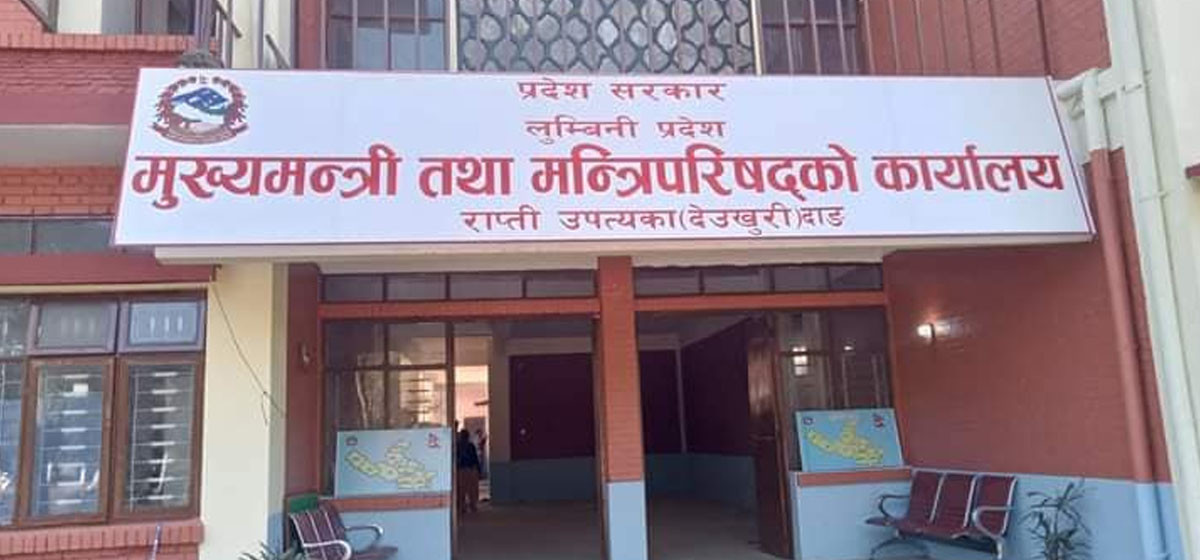
OR

We need to agree that sextortion is more harmful than sexual harassment. If so, we need separate laws for it.
Following the The New York Times investigation of sexual harassment charges against Hollywood film producer Harvey Weinstein, an avalanche of sexual harassment cases has come to light. Just in Weinstein’s case, over 80 women have blamed him for inappropriate sexual conduct spanning over three decades. Literally, Weinstein’s case has opened up the dam on sexual harassment.
Within two weeks the #MeToo had four million hits. The charges have not been confined to the film industry; they are in fact spreading like a wildfire in a variety of fields like politics, media and sport. This debate on sexual harassment is definitely going to impact a nascent concept that is now being discussed in the field of anticorruption: sextortion.
The term sextortion is the combination of sex plus extortion. It is also known as “sexual corruption”. Like rape, pedophilia, blackmailing and human trafficking, it is a kind of sexual exploitation. Sextortion occurs when there is corruption and sexual exploitation. Like money, power and position, sex is used as a currency of corruption. Instead of asking for a bribe, when a public official asks for sexual favor or sex is used as a bribe, there is a case of sextortion.
Sextortion is the latest area of study and investigation in the sphere of gender and corruption. Earlier gender-related anticorruption studies were directed at things like proving (or disproving) women’s propensity for corruption. Now newer studies look into gender impact of corruption, and this is how the concept of sextortion evolved.
Element of coercion
According to Wikipedia, the term sextortion was used for the first time by the Los Angeles Times in 1950. But it gained currency only after the UN in 2006 convened a high-level conference in New York on sexual exploitation in its peace-keeping missions in Haiti and Liberia. However, the credit for formalizing the concept goes to the International Association of Women Judges and its 2009 launch of the three-year program on “Stopping the Abuse of Power through Sexual Exploitation: Naming, Shaming, and Ending Sextortion”.
Here mention must be made of the commonalities between sex and corruption. Both happen in darkness, in secrecy and in private between two consenting adults. Children rarely indulge in corruption, and so with sex. Both things happen only with adults. And both concepts carry a taboo. People rarely discuss sex and corruption openly even though they are aware of these things. But sextortion is different in a sense that there is an element of coercion, unlike, say, voluntary offering and taking of bribe. Basically, sextortion reflects gender discrimination and power imbalance.
Sextortion is more harmful than corruption. Unlike in corruption cases, the victims do not dare report sextortion possibly because of the social stigma attached to it. Remember, in the Weinstein case, most women dared report their abuse only after someone had already shown the courage to expose Weinstein. Now, these women can be blamed for keeping quiet for so long. But they could have been afraid of losing their jobs, harming their careers, or of shame and stigma.
Double whammy
They remain silent, particularly when, as in the case of Weinstein, the crime takes place higher up with powerful people. The impact of sextortion is far more pernicious than corruption. Writes Harvard Law School’s Sarah Gitlin, who is an advocate for a Global Sexual Corruption Index, “this has a far greater adverse effect on victims than monetary corruption, not only because of the act itself—which can be extremely violent and is always a violation of personal dignity and human rights—but also because of the possibility of disease, pregnancy, and, all too frequently, social ostracization, victim blaming, and loss of prospects in the marriage market.” Sextortion is a gender-based corruption. In a double whammy-like situation, when women cannot afford to pay monetary bribe they may be vulnerable to sextortion.
As per Transparency International (TI), sextortion can be found in a wide range of fields, including education, basic services such as medical treatment, justice and law enforcement where there is high involvement of young women and girls. In the film industry, we have seen sextortion often reported in the garb of sex scandals. In education, female students become prey to egregious teachers demanding sex in return for passing grades or special favors. The TI study reported that 10 percent female students in Rwanda are susceptible to sextortion by their teachers. One can imagine how pervasive sextortion is in these societies.
Corruption itself is a difficult concept to measure, and measuring sextortion is even more difficult, not just due to lack of data or reporting but also due to its conceptualization. It is easy to understand when women fall victims of sextortion. But how would you react to a situation where, even though it is rare, women initiate sexual favors to get things done? One cannot simply equate the concepts of active and passive bribery, as in the case of corruption.
Laws for it
Moreover, mixing sextortion with monetary corruption may further blur the concept of corruption. The boundaries of corruption are already blurred by the arrival of newer forms of crimes like match-fixing, tax evasion and money laundering, revolving door policy, state capture, and identification of beneficial ownership. However, the difficulty of measuring sextortion should not distract us from fighting it. No action can be taken against sextortion without first measuring it.
Rather than mixing sextortion with monetary corruption, definitely, it can be studied on its own, particularly in the sphere of gender and corruption. That is, we can study it in terms of how it impacts women. If sextortion is a serious problem, what could be the solution? First, we need to agree that sextortion is far more pernicious than sexual harassment. This calls for separate legal provisions on sextortion. Probably, our anti-corruption laws need to be broadened to include a separate section on sextortion crimes.
Second, we probably need more research in the area; there is also a need for more public discussion so that vulnerable fields are identified. Third, similar to the case of sexual harassment, sextortion takes place primarily in a male-dominated workplace. This calls for more, not less, recruitment of women into our workplaces.
You May Like This

Why Federalism has Become Risky for Nepalese Democracy
The question arises, do federal or unitary systems promote better social, political and economic outcomes? Within three broad policy areas—political... Read More...

Nepal's Forests in Flames: Echoes of Urgency and Hopeful Solutions
With the onset of the dry season, Nepal's forests undergo a transition from carbon sinks to carbon sources, emitting significant... Read More...

'Victim blaming'- Nepali society's response to sexual violence
Multiple studies show that in most sexual assaults, the attacker is someone known and trusted by the victim. ... Read More...




Just In
- NEPSE nosedives 19.56 points; daily turnover falls to Rs 2.09 billion
- Manakamana Cable Car service to remain closed on Friday
- Nepal govt’s failure to repatriate Nepalis results in their re-recruitment in Russian army
- Sudurpaschim: Unified Socialist leader Sodari stakes claim to CM post
- ED attaches Raj Kundra’s properties worth Rs 97.79 crore in Bitcoin investment fraud case
- Newly-appointed Auditor General Raya takes oath
- CM Mahara expands Cabinet in Lumbini Province
- FinMin Pun addresses V-20 meeting: ‘Nepal plays a minimal role in climate change, so it should get compensation’
















Leave A Comment